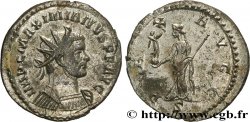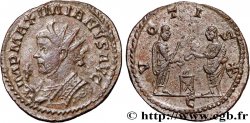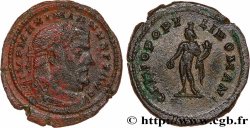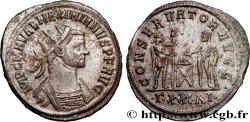v59_0628 - MAXIMIANUS HERCULIUS Aurelianus
MONNAIES 59 (2013)
Starting price : 195.00 €
Estimate : 300.00 €
unsold lot
Starting price : 195.00 €
Estimate : 300.00 €
unsold lot
Type : Aurelianus
Date: 292
Mint name / Town : Lyon
Metal : billon
Millesimal fineness : 50 ‰
Diameter : 22 mm
Orientation dies : 6 h.
Weight : 3,36 g.
Officine: 3e
Emission: 8e
Coments on the condition:
Exemplaire de qualité exceptionnelle sur un flan légèrement irrégulier, large et complet des deux côtés, bien centré. Portrait de toute beauté bien venu à la frappe. Revers de qualité exceptionnelle où les traits d’Hercule sont identifiables. Aurelianus ayant conservé son brillant de frappe et une partie de son coupant d’origine
Catalogue references :
Predigree :
Cet exemplaire provient de la trouvaille n° 1 et de ROME I, 1995, n° 98, de MONNAIES XXVII, n° 261 (collection Daniel Compas) et de la collection Daniel Compas “antoniniani et aureliani exceptionnels”
Obverse
Obverse legend : IMP MAXIMIANVS AVG.
Obverse description : Buste radié et cuirassé de Maximien Hercule à droite, avec pan de paludamentum vu de trois quarts en avant (B01).
Obverse translation : “Imperator Maximianus Augustus”, (L’empereur Maximien auguste).
Reverse
Reverse legend : VIRTVS - AVGG/ -|-// C.
Reverse description : Hercule nu debout à droite, s’appuyant de sa main gauche sur sa massue avec la léonté enroulée autour, posée sur un roc, la main droite appuyée sur sa hanche.
Reverse translation : “Virtus Augustorum”, (La Virilité des augustes).
Commentary
Avec l’intégralité de son argenture. Poids léger. Nous n’avons pas relevé d’identité de coin pertinente.







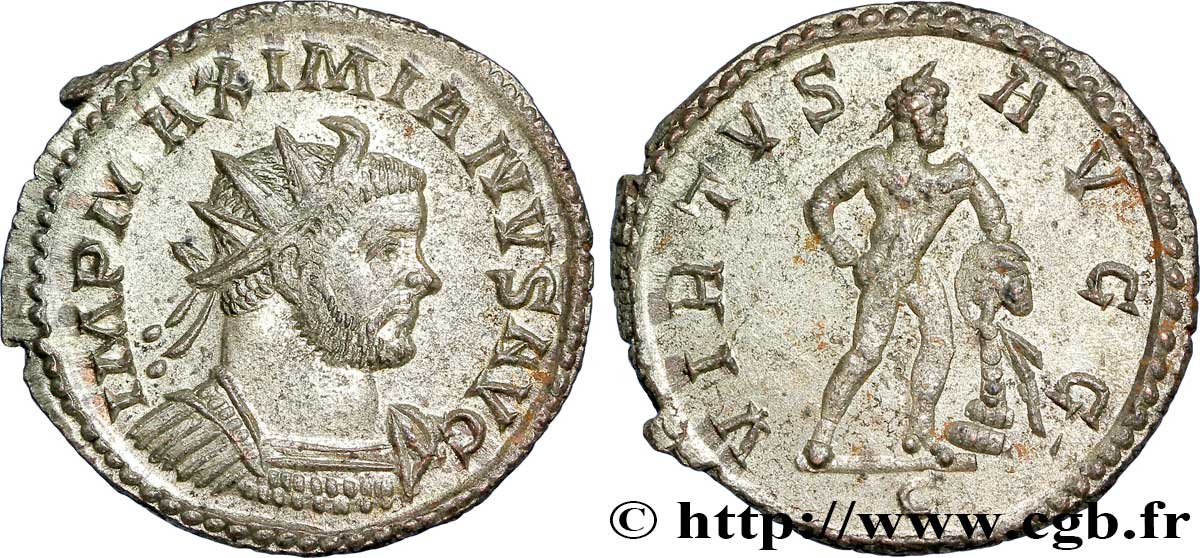
 Report a mistake
Report a mistake Print the page
Print the page Share my selection
Share my selection Ask a question
Ask a question Consign / sell
Consign / sell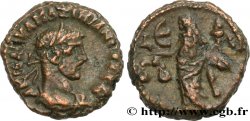
 Full data
Full data